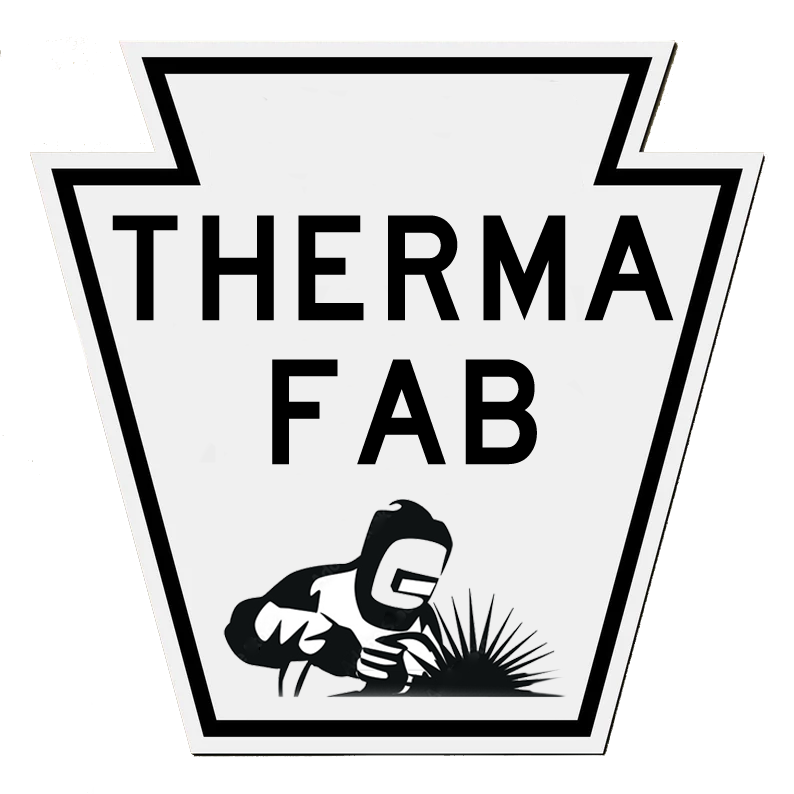How Rabble Arms Work in Multiple Hearth Furnaces
A critical component of these multiple hearth furnaces is the rabble arms. Let’s delve into the workings of multiple hearth furnaces and understand the pivotal role of rabble arms in these systems.
Understanding Multiple Hearth Furnaces
To start, let's grasp what a multiple hearth furnace is. Picture a large vertical cylinder with several horizontal platforms stacked inside it. These platforms are known as hearths. Each hearth serves as a distinct stage where specific steps of heating and processing occur. Material enters from the top and gradually moves down through each level, undergoing various treatments at different temperatures. By the time it reaches the bottom, the material is fully processed.
The Function of Rabble Arms
Rabble arms and rabble teeth are mechanical components attached to a central rotating shaft that runs vertically through the furnace. They resemble giant spokes on a wheel, rotating horizontally across each hearth.
The Mechanism of Rabble Arms
Rotation and Movement: The central shaft rotates continuously, and as it does, the rabble arms attached to it sweep across each hearth. Imagine stirring a massive pot of stew with a large spoon. The rabble arms function similarly, consistently moving the material on each hearth.
Material Flow: When material is introduced into the furnace from the top, it lands on the first hearth. The rabble arms gently push the material from the center toward the edges. Once the material reaches the edge, it falls through openings onto the hearth below. This process repeats at each level, facilitating the material's downward movement until it reaches the bottom.
Efficient Processing: As the material moves downward, it passes through different temperature zones. For instance, the upper hearths might be used for drying, the middle hearths for heating or calcining (heating to high temperatures without melting), and the lower hearths for cooling. The rabble arms ensure the material spends the right amount of time in each zone, achieving uniform processing.
The Importance of Rabble Arms
Uniform Heating: One of the primary functions of rabble arms is to ensure that the material is evenly distributed across the hearth. If the material remained stationary, it would not heat uniformly. By continuously moving the material, rabble arms guarantee that every part receives equal heat exposure.
Preventing Build-Up: If the material stayed still, it could clump together or stick to the hearth. Rabble arms keep it moving, preventing these issues.
Efficiency: By moving the material through the various hearths efficiently, rabble arms help conserve energy. The furnace doesn't have to expend extra power to heat the material unevenly. Instead, the material is processed more quickly and uniformly, saving both time and energy.
Handling Different Materials with Rabble Arms
Rabble arms are designed to be highly adaptable, capable of handling a wide range of materials, from waste products to minerals and even chemicals. Here’s how they manage different types:
Waste Treatment: For materials like municipal solid waste or sewage sludge, rabble arms assist in the incineration process. As the waste moves through the furnace, it is exposed to high temperatures, breaking it down and reducing it to ash.
Mineral Processing: In processing minerals, such as in cement production or ore roasting, rabble arms ensure the minerals are heated evenly. This helps remove unwanted components and improves the quality of the final product.
Chemical Processing: In chemical industries, rabble arms aid in the thermal treatment of chemicals. By maintaining consistent movement and heat exposure, they ensure proper chemical reactions, leading to the desired product.


